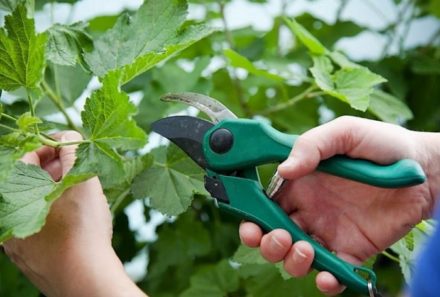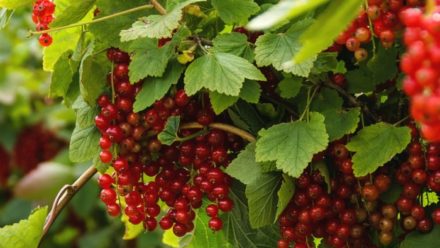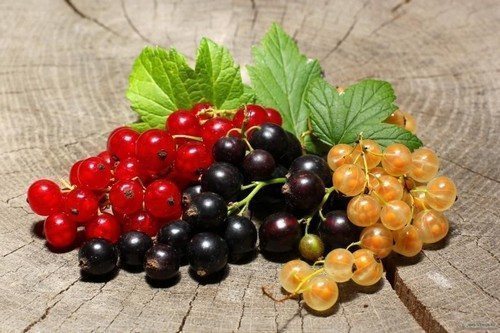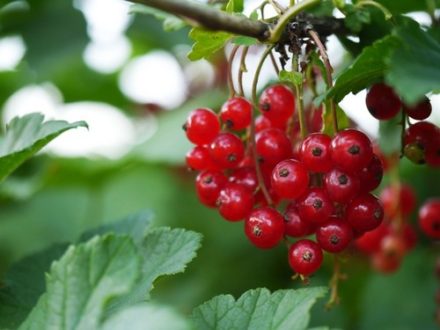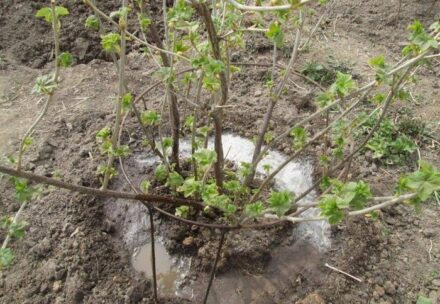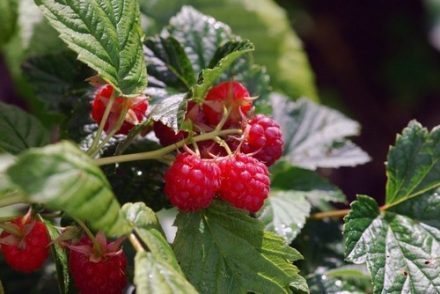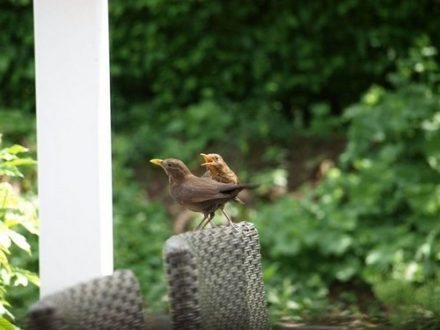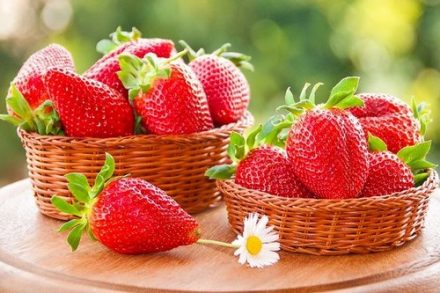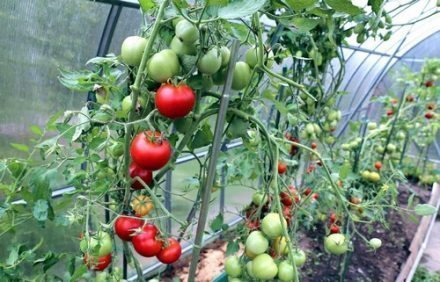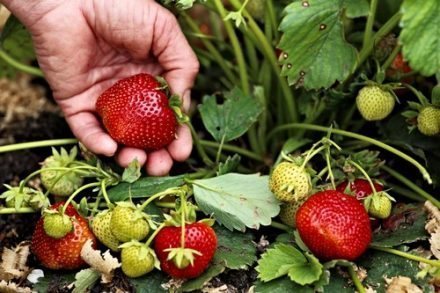Currants require more care after harvest than in the spring. Therefore, it is important to know the main mistakes in caring for shrubs in order to have a rich harvest for many years.
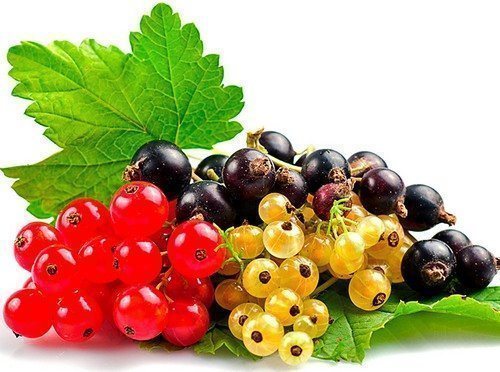
Prune only in autumn
Every year, currants should be pruned to shape and renew shoots. Pruning bushes only in the fall can affect the volume of the harvest and the size of the berries. Therefore, such a decision is considered erroneous.
By removing dried and damaged shoots after picking berries, the strength of the bush is preserved, which goes to the root. This supply of food is used to lay buds for the next season.
Don't care about the roots
Caring for plants should not end only at the crown. The roots maintain the integrity of the entire plant during the winter cold. Therefore, you need to pay attention to the currant root system.
To do this, it is important to dig up the soil around the trunk. This will allow oxygen access to the roots, and moisture will be better absorbed during watering. After this, the plant requires abundant watering. This way the currants will regain their strength. After watering, the soil around the bush is mulched to retain moisture.
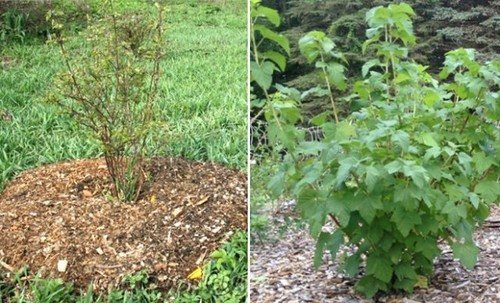
Experienced gardeners remove leaves from shrubs. This way the plant directs all the nutrition and moisture to the roots, making reserves for the winter and laying buds for next year.
Fertilize only in spring
Perennial shrubs lay down their potential for future harvests at the end of the last season.Therefore, it is important to feed the bush immediately after harvesting. Thus, the young buds and root system will be ready for formation and wintering. Fertilizer restores the supply of nutrition and directly affects the abundance of the harvest and the size of the berries for the next year.
Use organic fertilizers
Organics give excellent performance as a top dressing for currant bushes. But using it after picking the berries would be a mistake.
To prepare for winter, the bush should be fertilized with mineral fertilizers. A potassium-phosphorus mixture will be ideal for currants. Before applying fertilizers, the soil should be disinfected. To do this, use a solution of potassium permanganate or laundry soap.
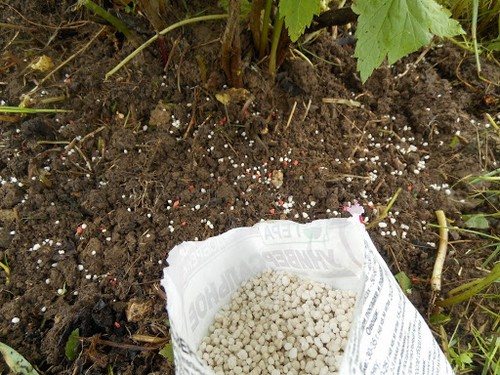
Seasonal processing
As a preventive measure, the bush needs to be treated every spring and autumn. But it is not necessary to wait until the fall if the bush is damaged already in the summer. The first sign of damage is dried leaves and branches. It is important not only to detect it in time, but also to take measures to combat parasites and disease.
Damaged branches are cut off, and the remaining healthy branches are treated with appropriate preparations.
Caring for currants requires a lot of time and effort, but the results will not be long in coming. A large and healthy bush can be grown in just three years.


